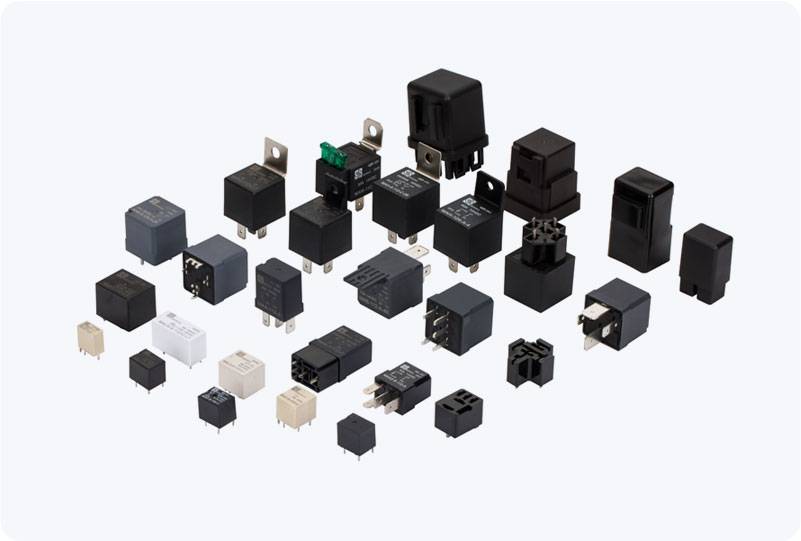Time Relays are vital electrical components used in a variety of automated systems to provide delayed switching or control over electrical circuits. These relays are designed to switch a circuit on or off after a predetermined time delay, providing a level of time-based automation. Widely utilized across various industries, Time Relays are essential for processes that require precise timing, enabling efficient and safe operation of machinery and electrical equipment.

What is a Time Relay? A Time Relay is a device used to control electrical circuits by introducing a time delay before the relay either opens or closes a contact. The key function of a Time Relay is to perform operations at specific time intervals, whether it’s for starting a motor, stopping a fan, or turning on a light after a preset delay. These devices are commonly used in automation systems to ensure that actions are executed only when the right amount of time has passed. How Does a Time Relay Work? Time Relays operate based on the interaction of mechanical and electrical components. Inside the relay, there is typically a coil that, when energized, either delays or initiates the operation of a switch. When the relay is powered on, the timing mechanism starts, and the relay’s output changes after a set period. The time delay is usually adjustable and can range from a fraction of a second to several hours, depending on the model and application.
Leave a Reply